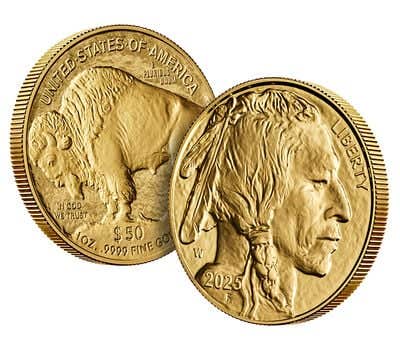Time to end ban on melting cents, nickels
Having seen Editor Dave Harper’s recent blog (July 14, reprinted in the July 28 Numismatic News) suggesting the time is now to lift the ban on melting U.S. Mint pennies and nickels, I just had to write and say I strongly agree.
Having seen Editor Dave Harper’s recent blog (July 14, reprinted in the July 28 Numismatic News) suggesting the time is now to lift the ban on melting U.S. Mint pennies and nickels, I just had to write and say I strongly agree.
There are many reasons for lifting this ban. First, the U.S. Congress passed legislation creating four great new reverse designs for the 100th anniversary of the Lincoln penny, so any pennies struck this year cannot be considered “replacements” for older pennies, but brand new, attractive, highly collectible and sought-after special “anniversary design” 2009 pennies. It still costs the U.S. Mint more than a penny to make a penny, but the 2009 pennies are really something unique and only available this year.
Second, any of the companies that deal with large quantities of pennies (like Coinstar, Brinks, etc.) can tell you that there are huge and growing stockpiles of pennies in coin depots all around the country. The banks don’t want them. They want new pennies. The folks who warehouse all of these coins are frustrated with this growing stockpile of coins, yet Treasury and the Mint refuse to let them be recycled so that the copper can be re-used in new pennies.
But the same rule which Treasury issued banning the melting of older pennies also allows the Mint to issue licenses for melting pennies. If the Mint would license and oversee the melting of older pennies, it could also recoup the melted copper to make new 2009 pennies. It would not alter the fact that the Mint still would spend more than a penny to make a penny, but it would at least reduce a huge stockpile of pennies while at the same time making the Mint coin-making process a modern recycling operation.
Finally, there may still be a constitutional question about the idea of the Treasury ban on melting pennies and nickels. For the most part, once the Mint produces coins, those coins become the property of those who own them. The Constitution gives Congress and the Mint power to make and issue coins, but not to retake them or gain control over them once they have been acquired by citizens.
It is not the fault of citizens who now own pennies that are worth more than when they were issued. Still, they are prevented from recouping that profit by melting these coins for their metal value. It is being done all the time with gold and silver coins.
If Congress and the Mint want to save money on making new pennies, it should do what Canada has done: create a new, less expensive penny. It surely has the metallurgical expertise to do so.
Last year, the House of Representatives passed a bill which would authorize the Mint to come up with a less expensive penny, but the bill never came up for a vote in the Senate.
This year, Congress and the Mint need to take action to reduce the costs of making cents. It makes sense.
Jay Johnson of Bristow, Va., served as director of the United States Mint in 2000-2001.









